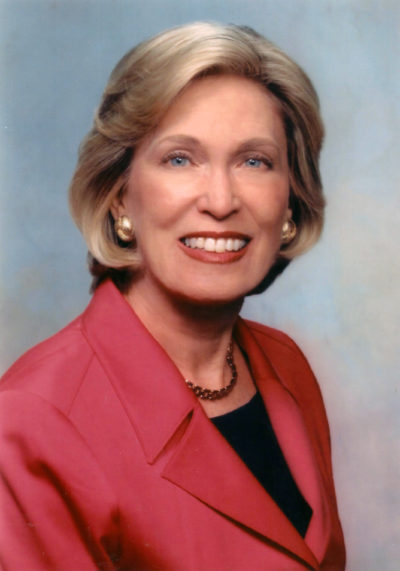One of the most important frontiers where women can have profound and far reaching impact is in the corporate boardroom.
Much research proves the value of women in boardroom; and even more research suggests how to advance more women to boards.
While progress is slow, some are taking steps to #BeBoldForChange.
Earlier this week, State Street Global Advisers, the $2.47 trillion asset manager of State Street Corporation, announced they will be calling on the more than 3,500 companies that SSGA invests on behalf of clients – representing more than $30 trillion in market capitalization – to take intentional steps to increase the number of women on their corporate boards.
Initially SSGA plans to focus on firms without any female directors.
For women who aspire to break through the glass ceiling of serving on a public company board, one of the most powerful ways to be empowered to take action is hearing the stories of women who have achieved a role in “the room where it happens.”
It is said, “if she can see it, she can be it!”
In celebration of International Women’s Day, we’re launching a new series, Women Director Wednesdays, sharing stories of women who serve on public company boards.
Today’s spotlight is on The Honorable Barbara Hackman Franklin. Recently, I had the great privilege of interviewing Franklin, who has long been a role model and hero of mine.
 Franklin’s unique story illustrates the unexpected benefits that arise when one sets out to solve problems through public service, and who take bold steps to bring positive change.
Franklin’s unique story illustrates the unexpected benefits that arise when one sets out to solve problems through public service, and who take bold steps to bring positive change.
In one of the early roles of her career, she was named the point person by President Nixon on a series of initiatives to advance more women into the upper echelons of government service. This effort resulted in tripling the number of women in appointive positions, and was almost quadrupled within a few years.
Franklin went on to hold Presidential appointments in the administrations of five U.S. Presidents. She was one of the original commissioners and the first Vice Chair of the U.S. Consumer Product Safety Commission.
Later, she became the 13th woman to serve in the U.S. Cabinet as the 29th Secretary of Commerce, nearly twenty years after her efforts to advance women.
In December 1992, Secretary Franklin led a Presidential mission to China to normalize commercial relations.
She was one of the first women to serve on a public company board, and has served on 14 public boards.

- Barbara as an early trailblazer – one of the first women on a public company board!
Boards that have benefitted from Franklin’s leadership include Dow Chemical, American Funds Family of Mutual Funds, J.P. Morgan Value Opportunities Fund, Inc., NASDAQ, and LafargeHolcim to name a few.
Barbara is Chairman Emeritus of the National Association of Corporate Directors where she advanced and expanded excellence in corporate governance.
Be bold for change as you learn more about Barbara’s story in my interview with her.
What inspired you to serve on a board?
When I was leaving the Consumer Product Safety Commission, where I had served for nearly seven years, I began to get calls about my joining the boards of several large US companies. This was 1979-1980.
At that time the very few women on boards were mainly from academic or philanthropic backgrounds. My career at that time was a mixture of government and business. I asked the CEOs who contacted me what they thought I could bring to their boards, and they said they liked my combination of business and government experience. This convinced me that I could contribute and I decided to join several boards.
What was your biggest obstacle or setback in joining a board?
I was 39 years old at the time and all the other directors were men, some of whom were nearly old enough to be my father! I had to prove myself.
Please share your best piece of advice for aspiring women board members.
Understand what being a director really entails – the fiduciary responsibility, the work required to stay on top of the company’s business, and the need to be an independent, active participant. Know what special attributes you bring to the board table that will help the company.
What do you believe are the three most important qualities of board members?
Good judgement, high ethical standards, and the desire to do the right thing for shareholders and other stakeholders.
What’s next?
I continue to work to place more women on corporate boards because I believe in the strength and power of diversity. And I continue to serve on boards and to speak and write about best practices because I believe in good corporate governance as one of the pillars of our system of market capitalism.
Do you have a favorite blog, publication, or book that has helped you be a better leader and board member?
Anything that National Association of Corporate Directors (NACD) offers to directors – this is the best source I know to help directors be the best they can be and be leaders in the boardroom.






